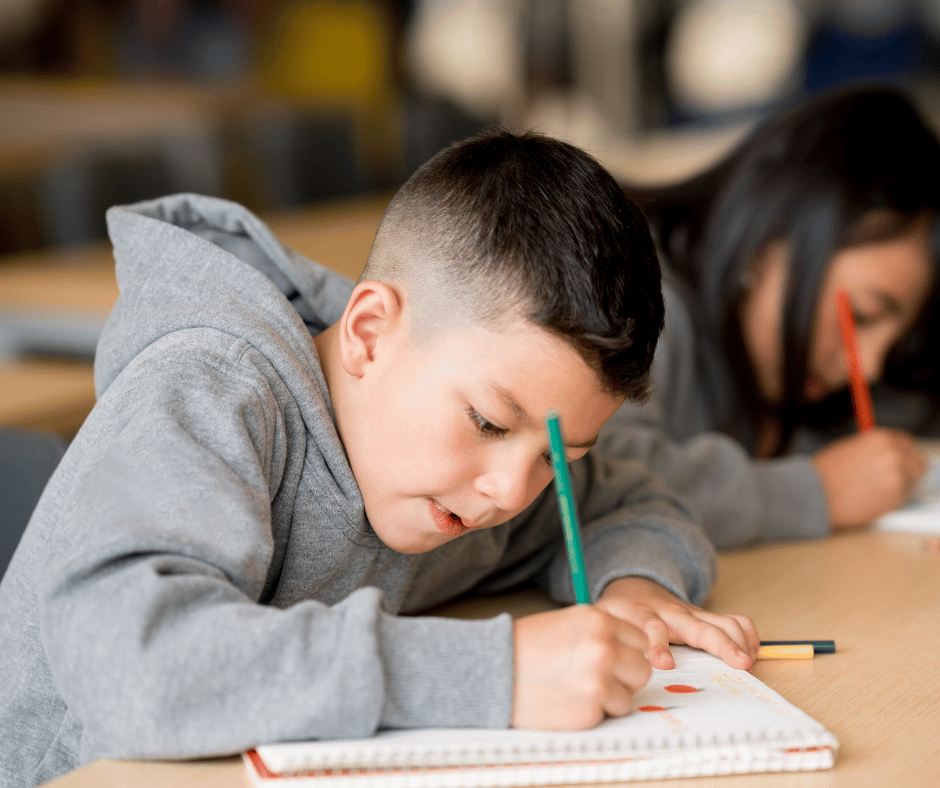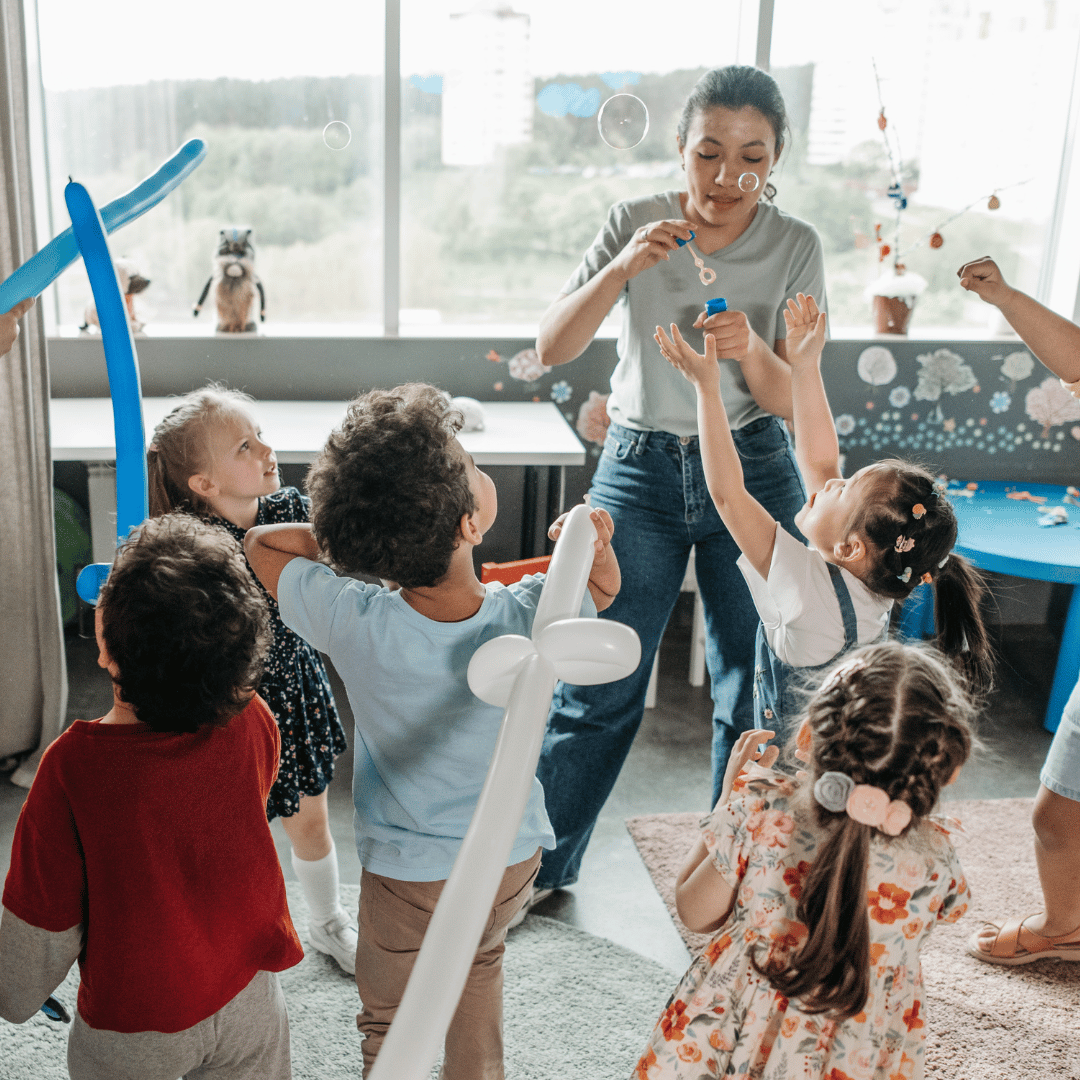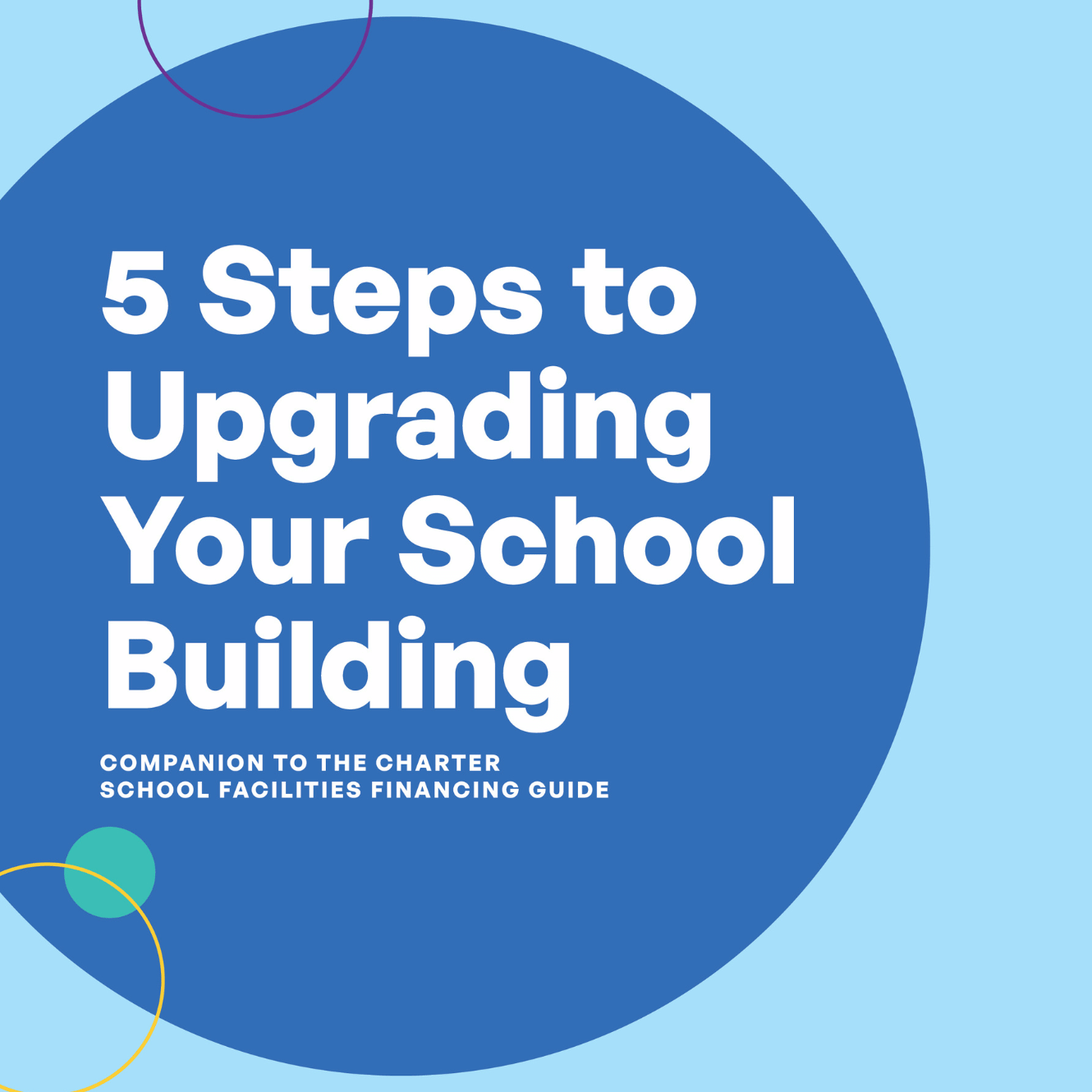Rethinking Classroom Furniture for Modern Learning: How Physical Spaces Impact Student Achievement
The traditional classroom setup—rows of desks facing forward toward the teacher—is giving way to flexible learning environments that better support how students actually learn. Modern educators are discovering that thoughtful furniture choices and classroom design can significantly impact student engagement, behavior, and academic outcomes.
The Shift from Traditional to Flexible Learning Spaces
Education consultant Bob Pearlman notes that today’s students work in “extended learning areas” that include project-planning rooms, workrooms, laboratories, and flexible spaces for both group and individual learning. This represents a fundamental shift from the static classroom model that dominated education for over a century.
Modern Learning Environment Features:
- Soft seating options that accommodate different learning styles
- Connectable tables that support collaborative work
- Mobile furniture that can be reconfigured for different activities
- Technology integration with wireless connectivity throughout spaces
The Science Behind Classroom Design
Research increasingly connects physical learning environments to academic outcomes. Psychologist Robert Sommer identified in the 1970s that room elements like lighting and heating vary throughout spaces, affecting student comfort and focus.
Key Environmental Factors:
- Natural light exposure and quality
- Reduced outside noise and distractions
- Good air quality and ventilation
- Flexible temperature control
Aaron Jobson from Quattrocchi Kwok Architects emphasizes that “more and more evidence connects the physical environment to learning outcomes.”
Practical Furniture Solutions for Charter Schools
Flexible Seating Options

Modern classroom furniture includes diverse seating choices designed to support different learning activities and student needs.
Popular Flexible Seating Solutions:
- Colorful seating that rotates in different directions
- Soft seating areas for reading and quiet work
- Standing desks and tables of varying heights
- Self-contained study areas with built-in power supplies and ergonomic features
Movable and Adaptable Pieces
Furniture companies report that movable pieces are among their biggest sellers, as they help teachers control student energy levels and provide options for focusing attention.
Benefits of Movable Furniture:
- Easy reconfiguration for different learning activities
- Accommodation of various group sizes and project needs
- Ability to create calm-down spaces and behavior reward areas
- Support for both collaborative and independent work
Budget-Conscious Implementation
Charter school teacher Loren Myers notes that redesigning traditional classrooms can be costly, but creative teachers can make impactful changes with limited budgets.
Cost-Effective Strategies:
- Start with one flexible seating area and expand gradually
- Combine traditional and modern furniture elements
- Repurpose existing furniture in new configurations
- Focus on high-impact changes like lighting and organization
Design Principles for Learning Success
Supporting Different Learning Styles
Classroom design should accommodate the reality that students learn in different ways and have varying attention spans. Teacher Loren Myers emphasizes that “children shouldn’t be expected to sit still in a chair for more than 20 minutes at a time.”
Design Considerations:
- Multiple seating options for different activities
- Quiet areas for focused individual work
- Collaborative spaces for group projects
- Movement-friendly furniture that allows fidgeting and position changes
Creating Connected Learning Environments
Modern designs incorporate glass walls and open doors that increase connectedness among students while creating more open spaces for teachers to facilitate learning.
Connectivity Features:
- Visual connections between learning spaces
- Easy transitions between individual and group work
- Technology integration that supports project-based learning
- Flexible spaces that can serve multiple functions
Implementation Strategies for Charter Schools
Gradual Transition Approach
Rather than completely overhauling classrooms at once, schools can implement changes gradually to assess what works best for their specific student populations.
Phased Implementation:
- Begin the year with traditional desk arrangements
- Transition to group configurations as classroom relationships develop
- Add flexible seating options based on observed student needs
- Evaluate and adjust based on academic and behavioral outcomes
Measuring Impact and Success
Schools implementing flexible classroom designs should track both academic and behavioral outcomes to assess the effectiveness of their furniture and design choices.
Success Indicators:
- Student engagement levels during different activities
- Academic performance in various learning configurations
- Behavioral incidents and classroom management effectiveness
- Student and teacher satisfaction with learning environments
Looking Forward: The Future of Classroom Design
The trend toward flexible, student-centered classroom design reflects broader understanding of how physical environments impact learning. As technology continues to evolve and educational approaches become more personalized, classroom furniture and design will likely become even more adaptable and responsive to individual student needs.
Schools that invest in thoughtful classroom design create environments where students can thrive academically while developing the collaboration and problem-solving skills essential for future success.

